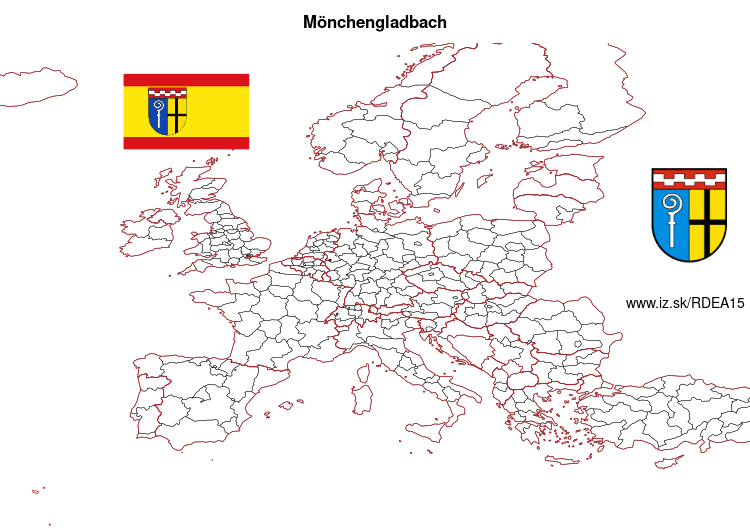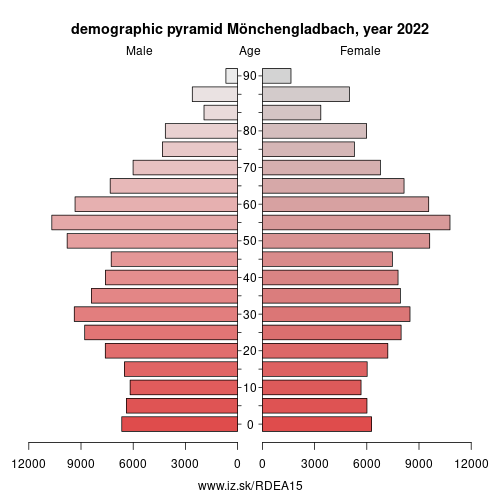- About us»
- Net income calculator»
- Population aging»
-
- Least developed regions»
-
- Average wage
- Material need benefits
- Meal allowance
- Counties of Slovakia
- Inflation
- Living and Subsistence Minimum
- Unemployment of Czechia and Slovakia
- NACE Classification
-
- Life expectancy
- Gender differences
- Youth unemployment and NEET
- Minimum wage in EU
- Unemployment rates of different age groups
- Share of salaries on GDP
- Employment rate
- NEET
- Percentage of employees ususally working at nights
- Long term unemployment
- Unemployment rate
-
- Bratislava and surroundings
- Kopanice
- Danube river
- lower Vah river
- middle Vár river
- upper Nitra river
- lower Nitra river
- Mining cities
- Kysuce a Orava
- upper Vah river - Liptov
- Spiš cities
- upper Hron river
- Juhoslovenská kotlina
- Košice fold and Torysa river
- upper Zemplín
- lower Zemplín
- EU regions
- NUTS3 regions of Slovakia
- LAU1 dataset
-
- Projects and activities
- Inclusive growth»
- Good work
- Project SKRS
- Social system – reality and vision
- Library
-
- Education of unemployed
- Young unemployed not taking part in education
- Proposal to change the system of education funding
- News»
- Contact
Mönchengladbach – DEA15
EU regions: Germany > North Rhine-Westphalia > Düsseldorf Government Region > Mönchengladbach

| Indicator | Period | Value |
|---|---|---|
| Gross domestic product | ||
| GDP per capita in PPS of EU average | 2022 | 99 |
More on wikipedia wikidata Q2758 on OpenStreetMap Mönchengladbach slovensky: DEA15
Demographics
| Indicator | Period | Value |
|---|---|---|
| Demographics | ||
| number of inhabitants | 2024 | 267 667 |
| population density | 2023 | 1573.5 |
| old-age dependency ratio | 2024 | 33.2 |

Mönchengladbach (German pronunciation: [mœnçn̩ˈɡlatbax] (listen)) is a city in North Rhine-Westphalia, Germany. It is located west of the Rhine, halfway between Düsseldorf and the Dutch border.
Geography
Municipal subdivisions
Since 2009, the territory of Monchengladbach has comprised four (previously ten) boroughs which are subdivided into 44 districts.
The boroughs and their associated districts- Nord: Am Wasserturm, Dahl, Eicken, Gladbach, Hardt-Mitte, Hardter Wald, Ohler, Venn, Waldhausen, Westend, Windberg
- Ost: Bettrath‑Hoven, Bungt, Flughafen, Giesenkirchen‑Mitte, Giesenkirchen‑Nord, Hardterbroich‑Pesch, Lürrip, Neuwerk‑Mitte, Schelsen, Uedding
- Süd: Bonnenbroich‑Geneicken, Geistenbeck, Grenzland‑Stadion, Heyden, Hockstein, Mülfort, Odenkirchen‑Mitte, Odenkirchen‑West, Pongs, Rheydt, Sasserath, Schloss Rheydt, Schmölderpark, Schrievers
- West: Hauptquartier, Hehn, Holt, Rheindahlen‑Land, Rheindahlen‑Mitte, Wanlo, Wickrath-Mitte, Wickrath‑West, Wickrathberg
History
Name and origins
The original name of the city was Gladbach, which is even today often applied to the town. To distinguish the town from another town of the same name (the present Bergisch Gladbach), it took the name München-Gladbach in 1888. Between 1933 and 1950 it was written München Gladbach (short: M. Gladbach), without hyphen. This spelling could mislead people to think that Gladbach was a borough of Munich (München in German), and consequently the name was changed to Mönchen-Gladbach in 1950 and Mönchengladbach in 1960.
The origin of the town was an abbey founded in 974. It was named after the Gladbach, a narrow brook, that mostly runs underground today. The abbey and adjoining villages became a town in the 14th century. The town of Rheydt is located nearby and is incorporated into Mönchengladbach today.
Other: Düsseldorf Government Region, Essen, Mettmann, Mönchengladbach, Remscheid, Kleve, Rhein-Kreis Neuss, Düsseldorf, Wuppertal, Oberhausen, Mülheim an der Ruhr, Krefeld, Viersen, Solingen, Duisburg, Wesel
Neighbours: Heinsberg, Viersen, Rhein-Kreis Neuss
Suggested citation: Michal Páleník: Europe and its regions in numbers - Mönchengladbach – DEA15, IZ Bratislava, retrieved from: https://www.iz.sk/PDEA15, ISBN: 978-80-970204-9-1, DOI:10.5281/zenodo.10200164

 Share
Share Facebook
Facebook Twitter
Twitter News
News